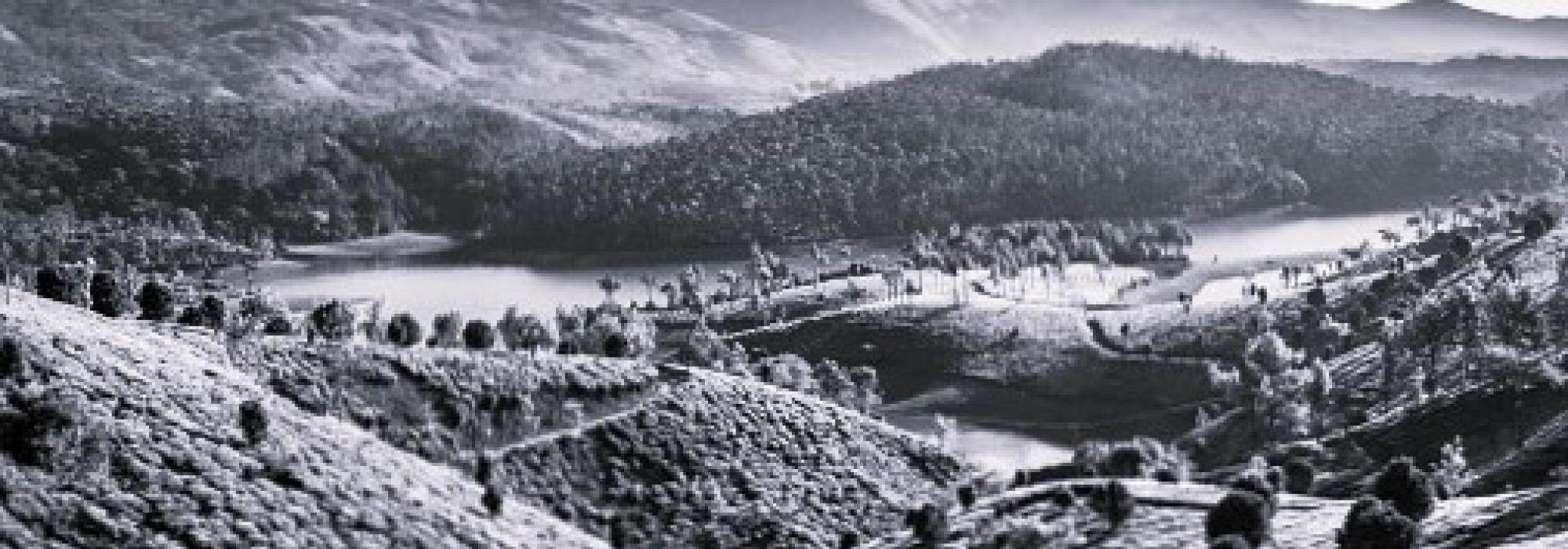The superiority of Prāṇa (Chāndogya) continued
The mouth (tongue) came forward, “Let me go away for a year. Then you’ll all know my value.” saying so it went away. After a year passed, it came back wondering, “What might be the situation of the others?” All the other organs were doing their work as though nothing had happened. “This is surprising! How are you all surviving without me?” They all retorted, “There is nothing to be surprised about. We are living exactly how the dumb people live. What if we cannot speak? Breathing is unimpeded, eyes were seeing things, ears were hearing, manas decided based on buddhi. We were all happy.” Now the mouth was convinced that it isn’t the most important amongst the senses and things can go as usual even without its presence. It joined the body, humbled. Then it was the turn of the eyes. After a year things were going on as usual. “How are you all living without me?”, it asked. The other senses replied, “Just like how a blind man lives. Even though the blind cannot see, they breathe, they hear, they speak, their manas thinks. What’s the problem if you aren't there?” Eyes too joined back, humbled. Then it was the turn of the ears. The same story repeated. “How did you all survive without me?”, it asked. The other senses answered, “Just like the deaf. They breathe, their eyes see, they speak, their manas thinks. You are not so crucial anyway.” Then the manas took its turn. “Now I’ll be gone for a year. Let me see how you all can live.” To its surprise when it came back things were going on as usual. Manas asked, “When I’m not there, how can buddhi exist? How did you all survive?” “See we are surviving without you. Don’t babies survive despite having no buddhi? They breathe, their eyes see, their ears hear, their mouths speak. Likewise we were all safe and sound.” Manas was also thus humbled, it joined back.
Now it was the turn of prāṇa. “Now we know all your capabilities. Now it is my turn.” Just as it was about to make a move, it seemed like all the other senses were shaken to the core. They trembled. What would happen if the four legs of a powerful horse are tied to ropes, the ropes are fastened to the ground using bolts, and it is goaded to move? The bolts would be uprooted from the ground. This was the situation of the other senses. They all said in one voice, “Please don’t leave us. You are the greatest! You are the greatest!” The prāṇa didn’t go. All the senses prostrated themselves before prāṇa and said, “Now it is proven beyond doubt that you are the most important. Only in your presence will we derive strength to carry our activities.” Since prāṇa is the most vital entity, it is called the ‘mukhyaprāṇa’. By propitiating it one can attain all his desires both material and spiritual.
(This story is also present in ‘bṛhadāraṇyakopaniṣat’ with some variation)
The story of Śvetaketu and Pravāhaṇarāja (chāndogya)
There lived a muni named Aruṇa who hailed from the lineage of Gautama. His son was Śvetaketu. Śvetaketu completed his education under his father Aruṇa. Once the father was convinced that his son had become an erudite scholar, he told him, “Son, now you are a scholar par excellence. Now you can become a householder.” Śvetaketu completed his samāvartana (graduation), he went to Pravāhaṇarāja, the king of Pāñcāla in a bid to earn money. The king welcomed him and said, “Saumya! Who was your guru?” He replied that it was his father Aruṇa. The following is the conversation which happened between Śvetaketu and Pravāhaṇa.
King: Saumya Śvetaketu, do you know where people go after they die?
Śvetaketu: No I don’t know.
King: What way do the dead people take to return to this world?
Śvetaketu: I don’t know.
King: Do you know where the devayāna (path of the deities) and pitṛyāna (path of the manes) fork?
Śvetaketu: I don’t know.
King: why isn’t the pitṛloka overflowing even though so many people are departing from this world?
Śvetaketu: I don’t know.
King: So be it. At least answer this. “यथा पञ्चम्यामाहुतौ आपः पुरुषवचसो भवन्तीति” How the ap (water) becomes manuṣya (human) in the fifth āhuti?
Śvetaketu: I don’t know.
The king said, “You weren’t able to answer even one out of my five questions. How did you claim, ‘My father has educated me. I’m a scholar’” Śvetaketu was sad. He returned home and asked his father, “You declared that I’m a scholar! I went to the king of Pāñcāla. That rogue asked me five questions, I was not able to answer even one. I was humiliated. Why didn’t you teach me properly?” Father asked him, “What were the questions?” Śvetaketu repeated the questions. The father calmly replied, “Even I don’t know the answers for these! If it wasn’t the case, wouldn’t I teach my dear son? Anyway; I’ll go to the king and get the answers from him.” He thus pacified his son.
Aruṇa traveled to Pāñcāla and met the king. He was duly welcomed and felicitated. Next day he went to the court and sat there. The king entered, and paid his respects. The king asked him, “O best among of brāhmaṇas, what do you desire from me? Ask any amount of money, I’ll give it to you.” Aruṇa replied, “O king! I don’t want the riches. It seems you asked five questions to my son Śvetaketu. I want answers.”
To be continued...
This is the tenth part of the multi-part translation of the Kannada book "Upanishattina Kathegalu" by Mahamahopadhyaya Vidwan Dr. N Ranganatha Sharma. Thanks to Dr. Sharada Chaitra for granting us permission to translate this wonderful work. Thanks to B. N. Shashikiran for timely and appropriate edits. The original in Kannada can be read here














































